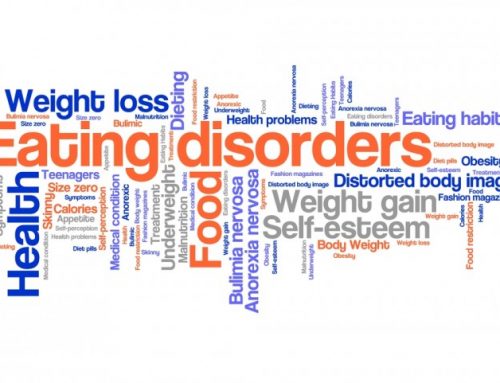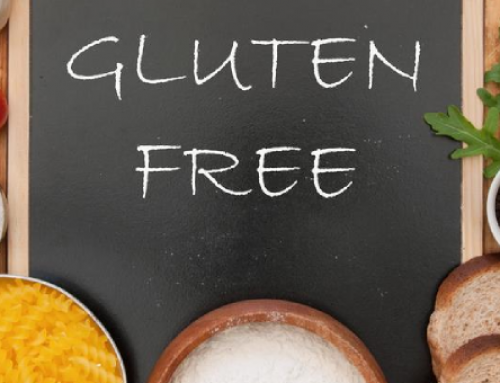The Diagnostic and Statistical Manual of Mental Disorders (DSM-V) now defines pica as being the recurring eating of nonnutritive substances.
According to the American Academy of Pediatrics, during the medieval times, there was a bird that was named “Pica” (Latin) and it was known for eating just about anything.
There is a list of diagnostic criteria from the DSM-V, showing what symptoms a person displays when a diagnosis of “Pica” may be in order.
What Are Some Examples of “Nonnutritive” Substances?
According to the National Institute of Health, a not-so-exhaustive list includes clay, pottery, mud, paint chips, plaster, chalk, dirt, laundry starch, baking soda, coffee grounds, cigarette ashes, burnt match heads, cigarette butts, feces, ice, glue, hair, buttons, paper, sand, toothpaste, soap, plastic straws, gum, metal, wool, string, tissues, carpet, paper, cornstarch, etc.
Before you let the power of internet self-diagnosis overcome you… just because you eat the ice after finishing your cold beverage, does not mean you have pica.
That said, the consumption of freezer frost, which is not regarded as food, within local norms, has also been widely reported. This would be more likely to meet criteria for pica. With the DSM-V criteria for pica replacing its predecessors, there is the awareness and recognition that pica can affect any age.
Who Is Generally Diagnosed With Pica
Although not well understood, it appears to be higher among select populations. These populations include pregnant women, children, adults with iron deficiency, and institutionalized persons. pica may be also seen with a number of mental health disorders as well. Intellectual development disorder, autism spectrum disorder, schizophrenia, and obsessive-compulsive disorder have been associated with pica (1).
Who Is At Risk For Pica?
Although the cause is not well understood, a few examples of risk factors and certain instances for eating non-nutritive substances include:
- Nutritional deficiencies (such as iron or zinc) – This may trigger specific cravings. unfortunately, the nonfood items craved usually don’t supply the minerals lacking in the person’s body.
- Diets – In order to ease hunger, eating nonfood substances to get a sense of fullness.
- Malnutrition – Common in underdeveloped countries, where people with pica most commonly eat soil or clay.
- Cultural factors – Families, religions, or groups in which eating nonfood substances is a learned practice. Certain religious rituals, folk medicine, and magical beliefs promote the consumption of various materials, such as eating dirt to incorporate magical spirits into their bodies.
- Parental neglect – Often seen in children living in poverty.
- Mental health conditions, as mentioned previously.
- Pregnancy – Cravings are commonplace. (4, 5)
Certainly, pica can be very detrimental for a person’s health. Other than the obvious issue of malnutrition, pica can lead to infection, anemia, intestinal obstruction, lead poisoning, and a bezoar (2). A bezoar is a mass of indigestible material trapped inside the body; when large enough, it can cause a number of problems!
Please contact a healthcare provider if you are eating, or if you notice that a child (or adult) is eating nonnutritive materials.
This article was contributed by HHP staff writer Chris Lynch.






Leave A Comment
You must be logged in to post a comment.